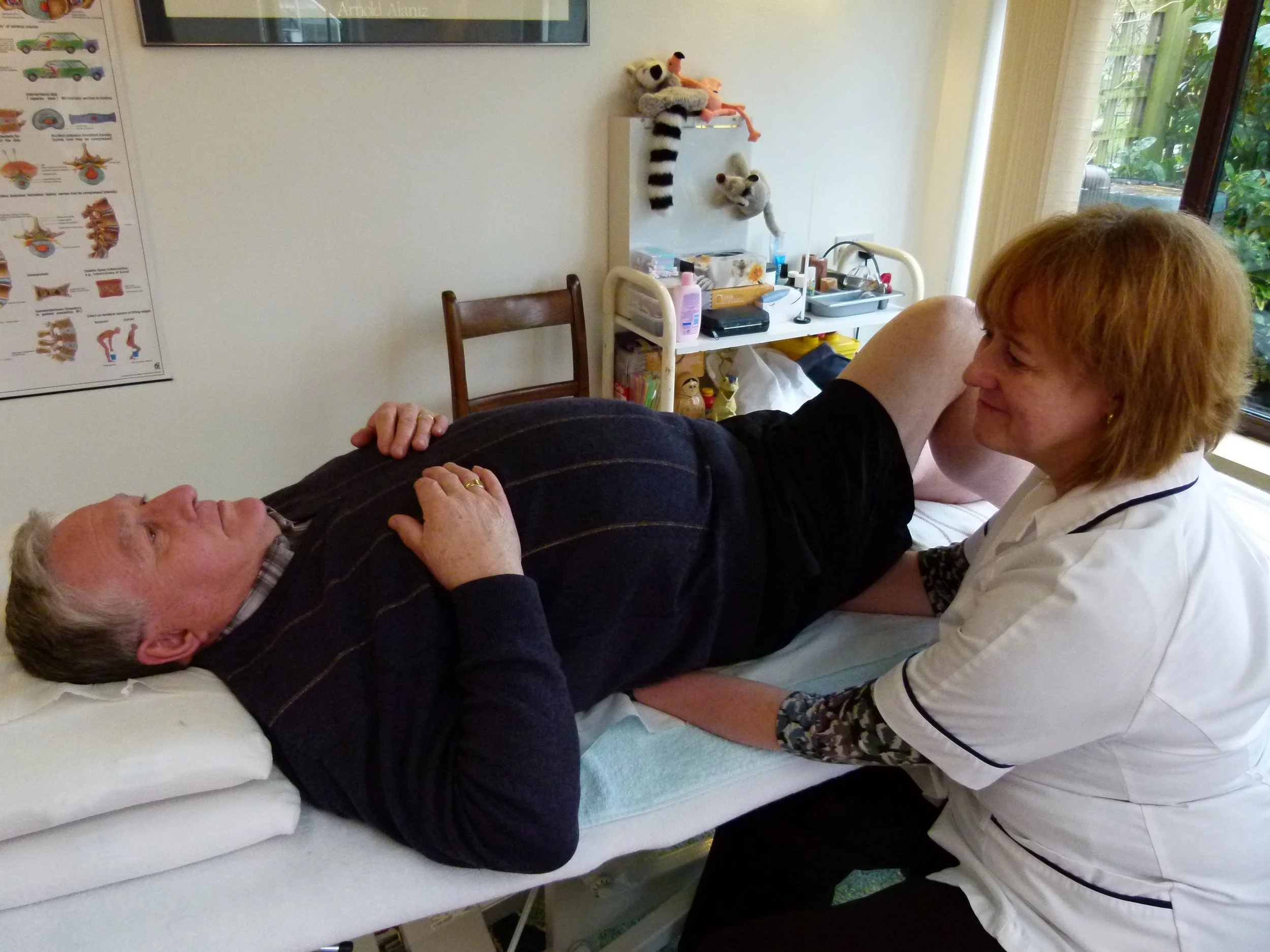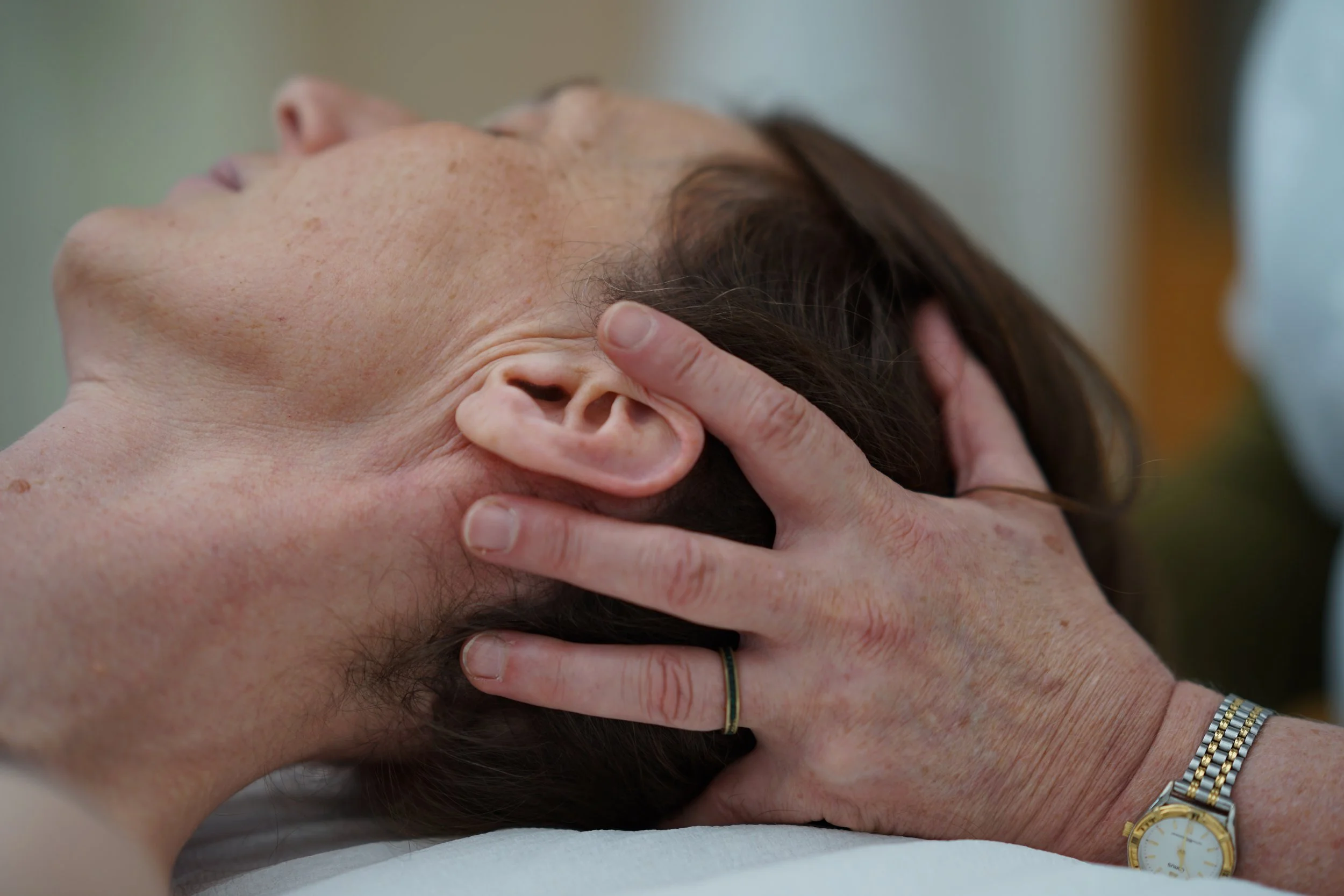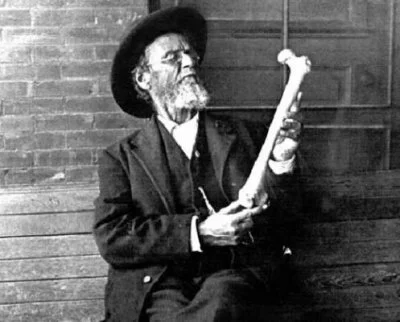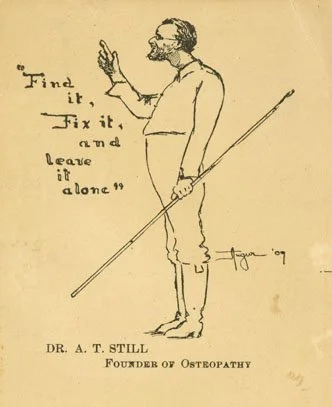
Osteopathy -
what’s so special?
Osteopathy is a unique approach to treating the cause of health problems and is based on a rational system of diagnosis. This takes into account the individual differences in each patient. In fact, an osteopath can sometimes help to identify symptoms that are not within the remit of other health care approaches.
A wide range of hands-on osteopathic techniques can be safely used on all parts of the body. The Osteopath will choose which of many methods is the most helpful for your problem.
Osteopaths have a highly trained sense of touch - this is what makes us different from other health care professionals. We use our hands to get information and assess the health of your body.
Cranial Osteopathy involves light and gentle hands-on contact. It can be safely applied throughout the body, including the head. This is suitable for babies, children, pregnant women and our older patients.
This treatment reduces strains and stresses in a body which prevent it from working properly. The normal biology of your body, such as blood supply and repair cells can then go to work, restoring health.
Through diagnosis, an Osteopath will identify the mechanical causes of your pain and treat the problems that occur - general wear-and-tear, poor posture, old accidents and injuries and stresses are common culprits.
A treatment plan, will include general health care and lifestyle advice to improve health and get you back on course to the life you enjoy.
Osteopathy is an independent state regulated profession, regulated by the General Osteopathic Council (GOsC), which sets standards. Similar to doctors and dentists, Osteopaths have independent rights of diagnosis and are Members of the Allied Health Professions (AHP) like Physiotherapists and Radiographers.
“I have used this service for several years , as I have a long term condition. I have always found Caroline to be conscientious and knowledgeable. She keeps her knowledge up to date and applies her considerable skills thoughtfully.
“I have been treated by on and off Caroline for a long time now, as I have a long term condition. I find her to be very competent and sensitive to my needs ; also very knowledgeable about osteopathy and new developments in the discipline.”
A brief history of Osteopathy
Osteopathy was developed in the USA by Andrew Still, a doctor who had served in the Civil War. After the tragedy of losing his children to meningitis, he set about finding a new approach to medical treatment, One which would be better than the applications of opium and mercury that were common at the time. He developed the application of hands-on techniques for improving the way the body works.
His first Osteopathic College, in Kirksville Missouri, opened in 1889 and Still made sure his students had the newly published Grays Anatomy to study from. Later he bought an X-ray machine too. I like to think that he would be very excited about all the advanced imaging and modern understanding of physiology that we have today.
There are now many register approved colleges and universities offering degree status courses in the UK.
F A Q’s
01452 740818
admin@severnsideosteopathy.uk
-
It is entirely up to you whether or not to inform your doctor and you do not need a doctor’s referral to see an osteopath.
Osteopaths are independent healthcare practitioners, like dentists.
Occasionally, it becomes apparent that there are signs indicating more serious illness or injury which has been previously undetected. In which case, we would have a discussion and if appropriate, with your consent, I would write a letter to your GP explaining my findings and requesting further investigations.
-
That depends on the nature of the presenting problem. There are no set treatment prescriptions - management is tailored to the individual need of each patient. Some problems may be much improved or even fully resolved with two or three visits. When there are more complex underlying problems it may take longer. Sometimes it takes a few visits for all the underlying issues to become clear.
It is always my aim to help patients fully recover and regain an active life. Sometimes I will see patients once every three or four months, or even annually for a check-up. All this is by discussion as suited to your needs.
-
Old accidents often leave their mark on the body’s framework even when the initial pain has completely gone away.
Osteopathic hands-on eamination can often identify old injuries and the alterations they have caused. Improvements and changes back to original function tend to be in proportion to the age or the injury. It’s not always possible to completely turn the clock back but there is often room for improvement.
-
What is popularly known as ‘Cranial Osteopathy’ is an approach to treating all kinds of health issues.
It uses a particularly gentle and subtle hands-on way of sensing the quality of function in the whole body taking into account the role of the head and face.
-
Yes, if you think you might be pregnant, it is important to let me know.
During pregnancy, there is a postural adaptation and shape change in mother’s body in response to the growing baby. This demands flexibility in the whole framework. The Osteopath can help your body ease into the needs of pregnancy and improve flexibility and readiness for the birth process. I have taken further education in the care of women during and after pregnancy and have a special interest in helping you at this time.
Osteopaths work together with other health care professionals, especially midwives and doctors.
Whilst mothers frequently seek treatment during pregnancy, it is just as important to be checked after delivery. Giving birth is strenuous and sometimes strain from the birth process persists. Osteopathy can help ease those strains so that exercises work better and you can start to feel like your self again.
-
On the whole, osteopathic treatment is not painful and patients usually find it rather pleasant. Very occasionally, soreness may occur after a treatment - but that usually settles in two or three days. If not, then a brief return to check or settle a reaction at no charge is always offered.
-
Your first visit will last about 1 hour and is focussed towards making a diagnosis prior to treatment.
During the visit, you will be asked about your symptoms and your medical history and your current medications. (It is helpful to make your own notes before hand)
You may be asked to undress to your underwear (please wear something you are happy to be seen in), so that I can observe the quality and range of movement across your whole body. This will be followed in more detail with hands-on testing of movement. It may be necessary to carry out some other basic tests, for example blood pressure or nerve reflexes. If more specialist investigations are required - such as x-ray or MRI scans - these an be arranged either privately or via your GP.
Once the assessment is made, we will discuss the findings and the treatment options and how best to proceed. All treatment plans are explained and discussed with the patient. You may be given exercises and advice as well as hands-on treatment.
If you would like a chaperone to be present during your treatment, please let us know when you make your appointment so this can be arranged. Children under 14 must always be accompanied by an appropriate adult during treatment, older children may choose to be seen alone with parental or guardian’s consent.
-
Please check details of your cover with your insurer before booking an appointment, some medical insurers would not meet the full fee.
Caroline is a fully qualified member of the General Osteopathic Council.
We are able to provide receipts or invoices for treatments if you are planning to make a claim.






